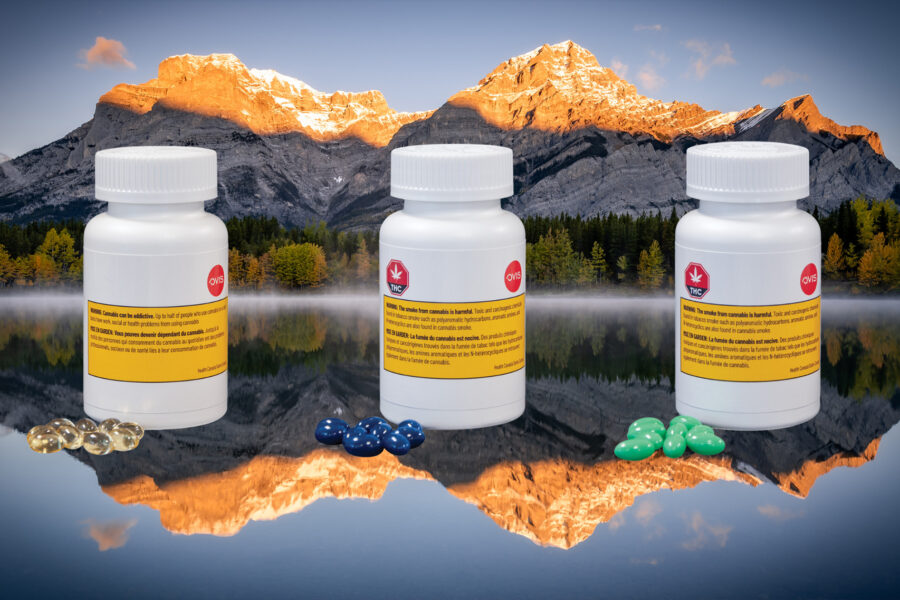The endocannabinoid system (ECS) is yet another level of security and defense system that the body layers on already increasing security organization that keep us safe, whilst making sure checks and balances are in place.
The ECS is a vast signalling network that communicates with other well-known systems including: the nervous, immune, hormonal or the endocrine, and other networks, but also some that are rather more obscure, like the lymphatic or the enteric nervous system sometimes called the “second brain”.
ECS’s job is relaying important and timely information between these systems, but also primes, and prepares the body whenever danger arises. When called upon the ECS springs into action, and further protects, helps repair, and lessens body blows with deft and skill. Responding to various insults; like injury, chronic inflammation, all forms of pain, infections, whether bacterial or viral, as well as safe guarding fragile assets, like the mitochondria and nerve cells, which are highly prone to damage. In addition, ECS keeps alert against other toxic insults; carcinogens, solvents, UV light, pesticides and many other.
Where is the ECS?
The ECS is distributed all over the body, and its original definition consisted of two cannabinoid receptors; CB1 and CB2, two signalling messengers (called endocannabinoids or EC’s) made by the body, called anandamide (AEA), and 2-acyl glycerol (2-AG), and well as the enzymes responsible for their synthesis (NAPE-PLD and NAT), and their breakdown (FAAH and NAAA). The receptors are differentially distributed with CB1 being primarily located in the brain, and the CB2 receptors located in close proximity of the immune system. However, as the scientists later discovered there is a significant overlap with the CB1 receptor found outside the brain, and the CB2 receptors also found within the brain.
In time researchers discovered many other players, especially other receptors including GPR55, GPR119 and ion channel receptor TRPV1
through which pain is mediated. It was also found that the receptor PPAR-alpha, which is located in the nucleus of the cells, and take part in regulating genes associated with pain and inflammation was also part of the ECS. In addition, other EC’s were discovered like PEA, OEA and SEA. Eventually, scientists expanded these new discoveries to a more encompassing definition termed endocannabinoidome which correctly captures the current state of research affairs.
What activates the ECS?
When harmful triggers like inflammation and injury act on the body, the ECS activates production of EC’s like AEA, 2-AG and PEA from the membranes of cells in the vicinity of the injury. EC’s are produced on demand whenever the body requires their services. The advantage is that EC’s can be produced quickly, locally and efficiently. However,exogenous or molecules not produced by the body can also stimulate the cannabinoid receptors CB1 and CB2. The most famous are the major actives from the hemp and marijuana varieties of the cannabis plant.
THC and CBD are the most popular but there are hundred or so other cannabinoids capable of acting on the ECS. THC, typically preferentially activates CB1 receptors mainly located in the brain, and thus produces the psychotropic “high”, while CBD only acts on CB2 receptors which are mainly located outside the brain. However, there are other plant species that also produce cannabis-like effects or cannabimimetic effects and some of these are the alkylamides from the echinacea species, beta caryophyllene from clove, oregano, black pepper and other terpene fractions like limolene, limalool, pinene, myarcene and many others. All these to a varying degree activate the ECS.
What is the Entourage effect?
Entourage effect is the enhancement of a biological effect by another molecule through various mechanisms e.g. it is commonly known that pure THC or CBD are not as effective as the whole plant extract that contains CBD, THC and the many other components mentioned earlier. These other components like terpenes etc. assist in the action of THC or CBD.
The mechanism of entourage effect is through several mechanisms e.g. preventing the breakdown of the EC’s or improving the binding on the receptor or activating other receptors or opening up other channels that causes a greater effect of the major molecule e.g. THC or CBD Advantages of EC’s over phytocannabinoids?
EC’s are produced by the body and these have significant advantages over exogenous or foreign cannabinoids like the phyto-cannabinoids e.g.:
EC’s are locally produced. They are molecules the body recognizes and is familiar with. The amount the body produces is exactly to the demand and the dose is well known. Finally, these molecules act fast because they are locally produced and once they have performed their service they are quickly broken down by the body. However, phyto-cannabinoids are not natural molecules to the body and their action requires some time for action. Moreover, their dose is not well known.
For example, CBD is gaining popularity, but the effective dose varies greatly between individuals, which can be anywhere from 20mg to 1200mg or more! So determining the right dose is a challenge. In addition, the effect of CBD varies greatly in people. Finally, phyto-cannabinoids can and do produce adverse-effects and can linger in the body plus in the case of THC there is a chance of dependency.
In summary the ECS is a versatile defense system that exists in all species and the body relies upon heavily in protecting and healing.






